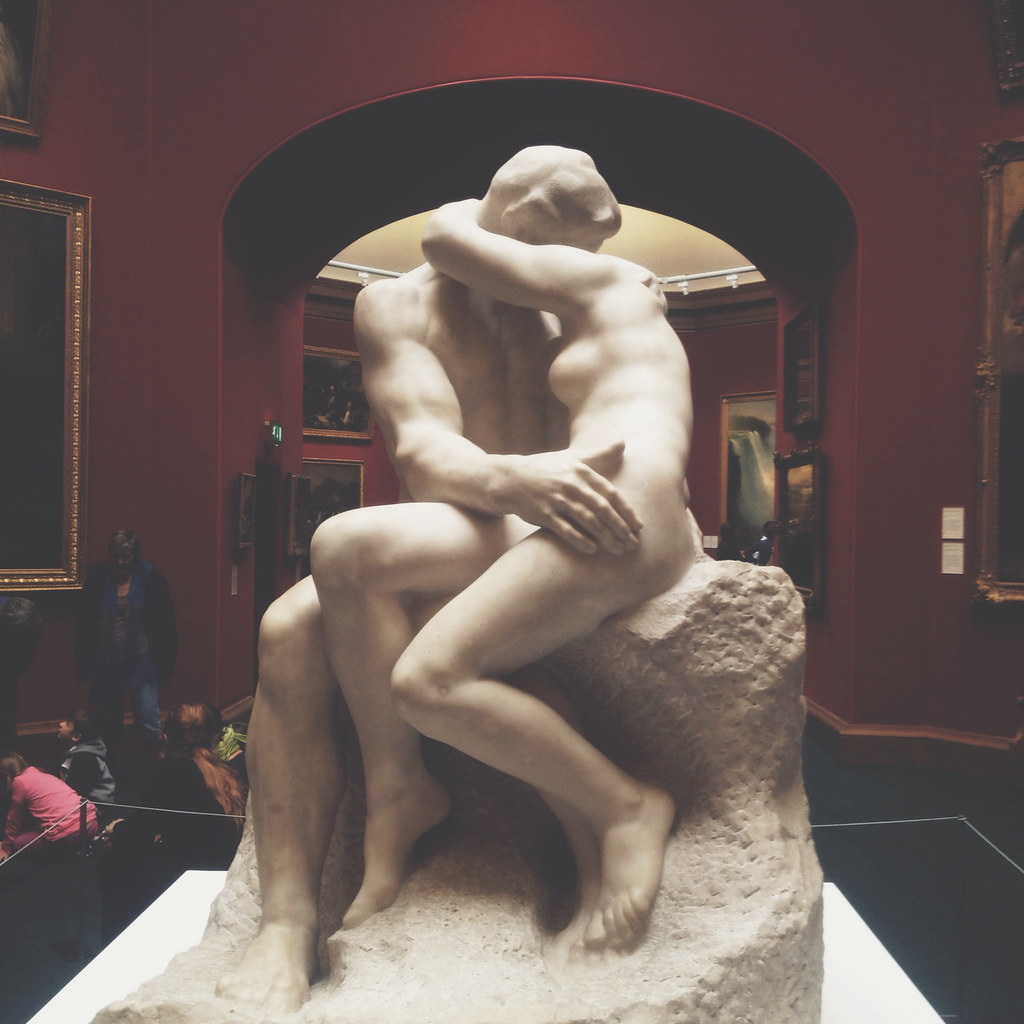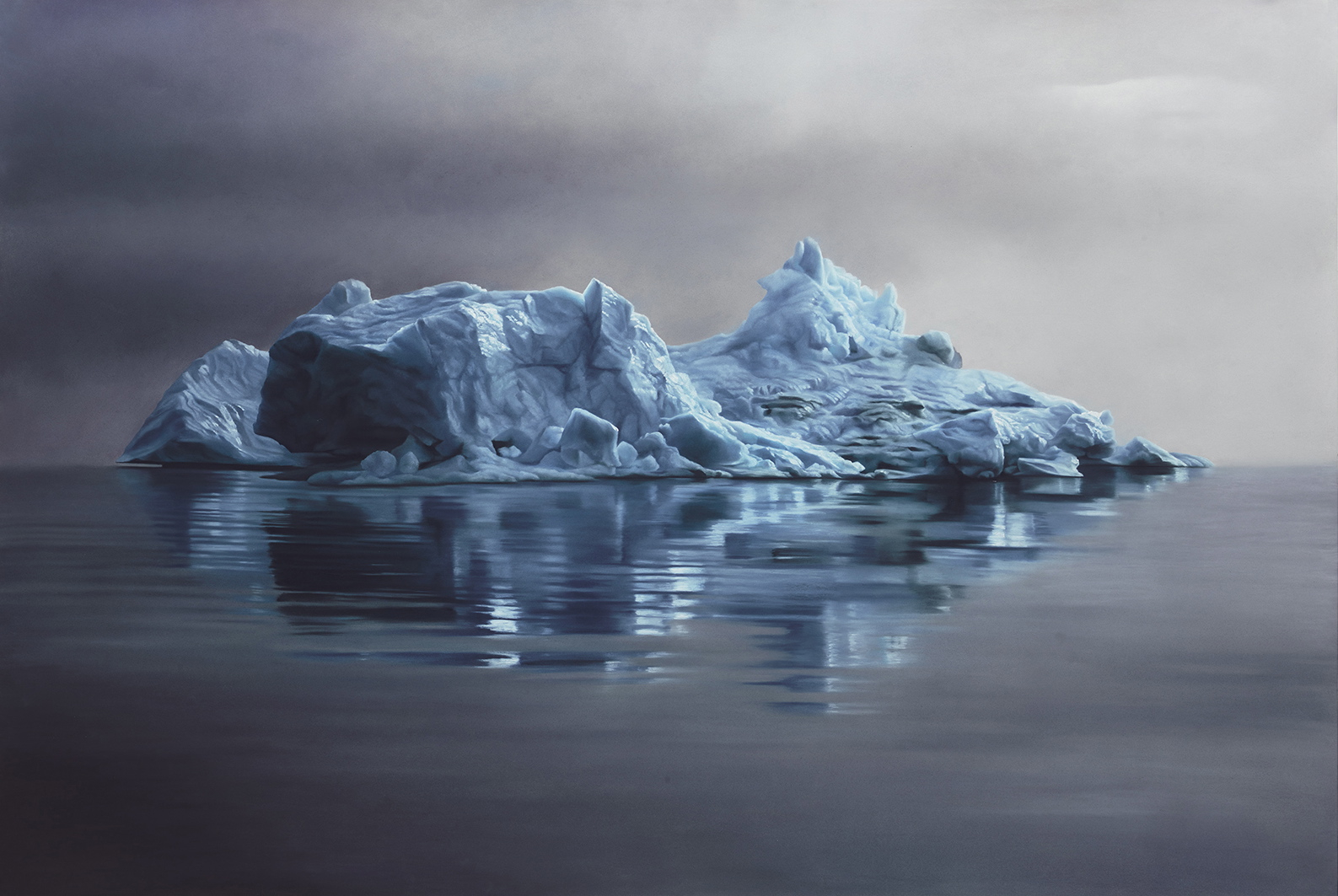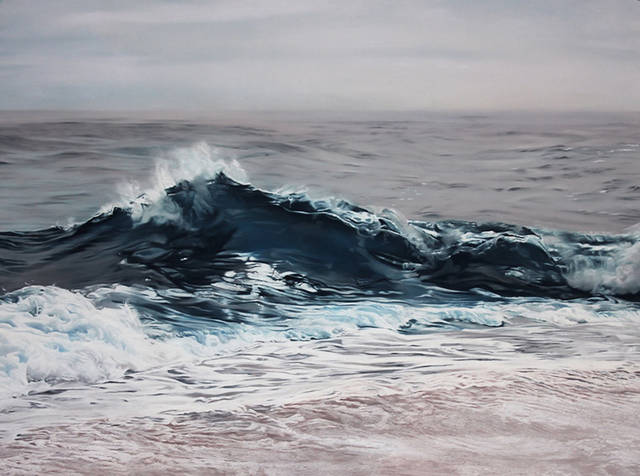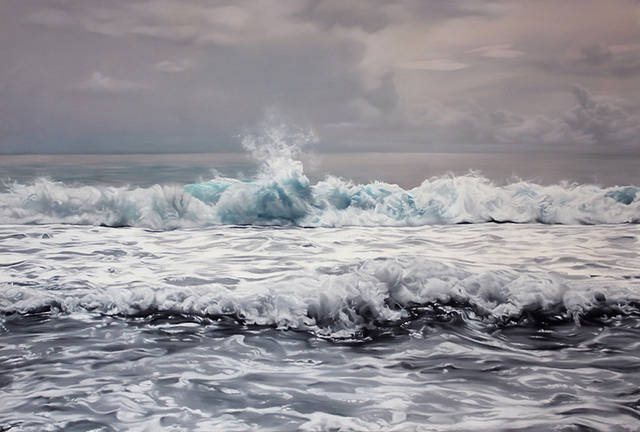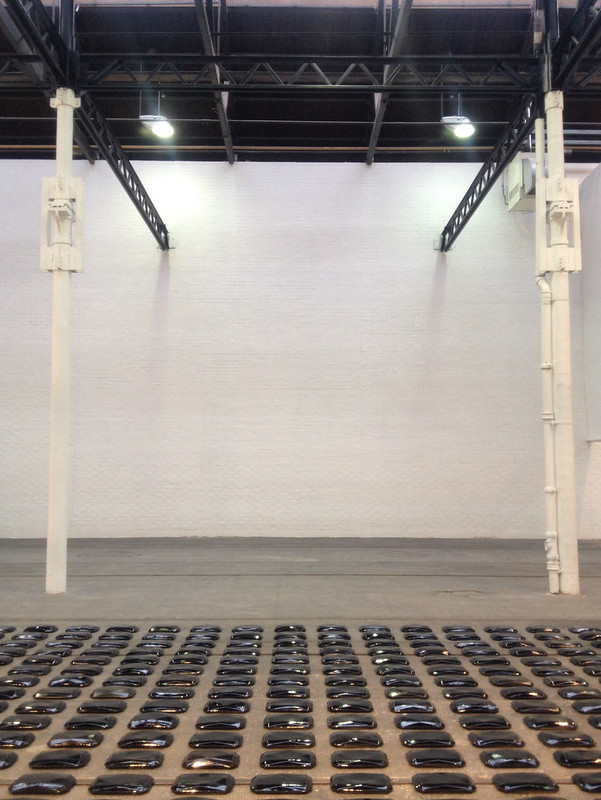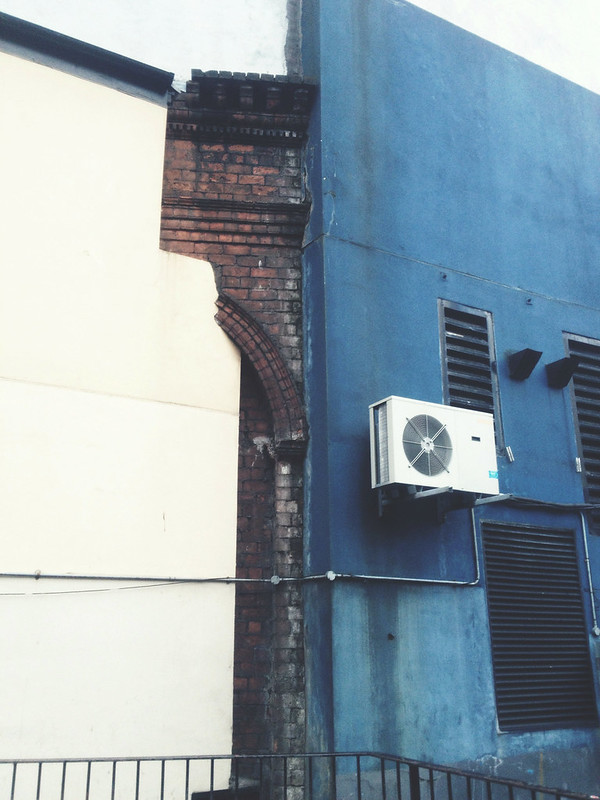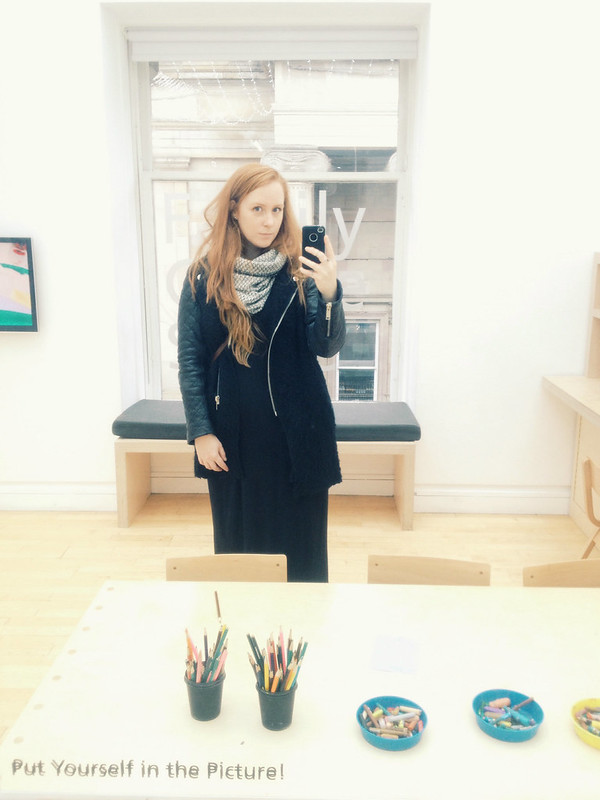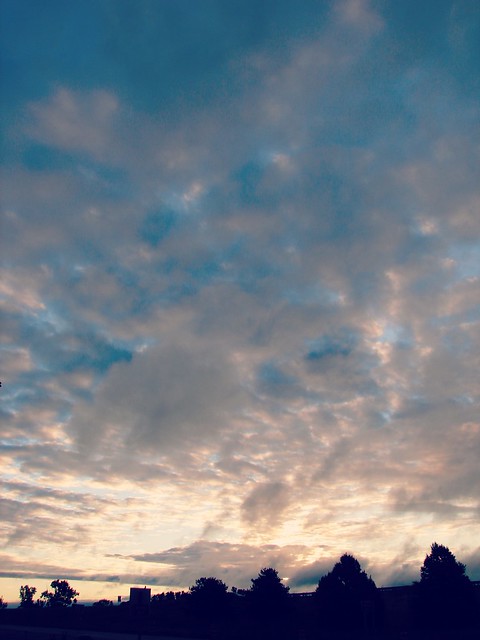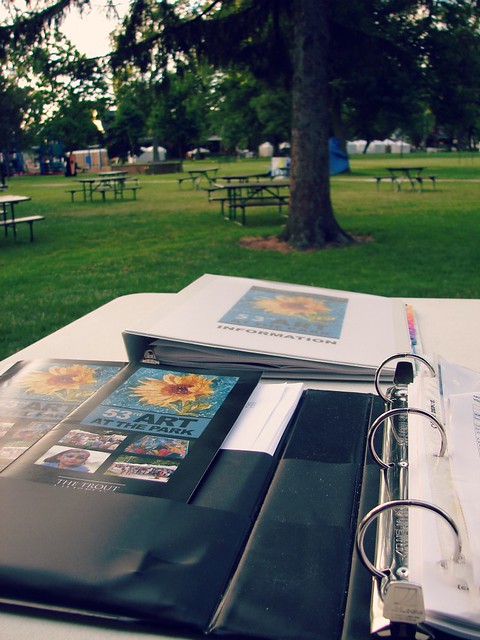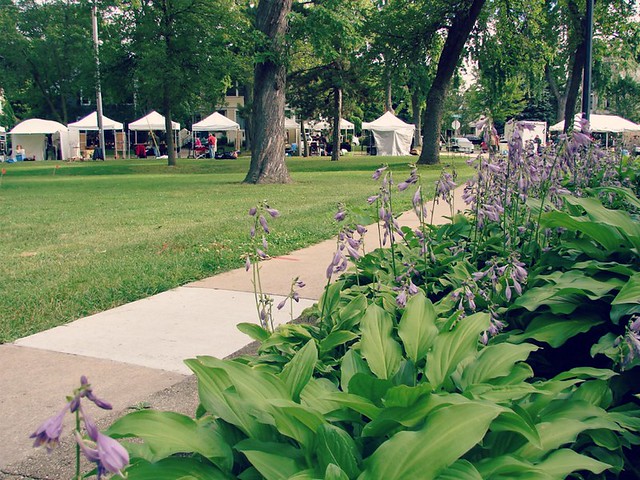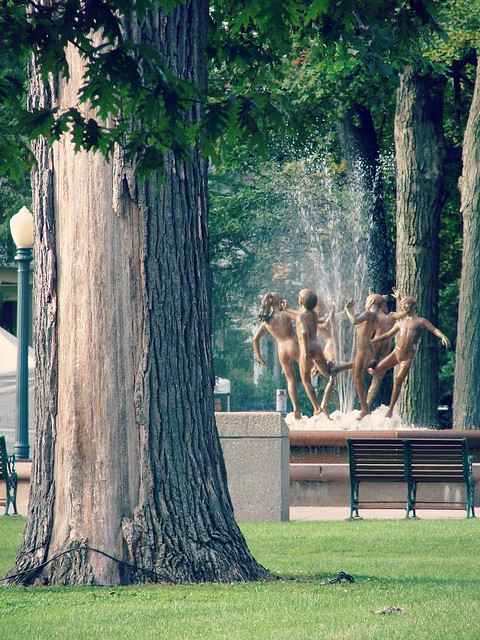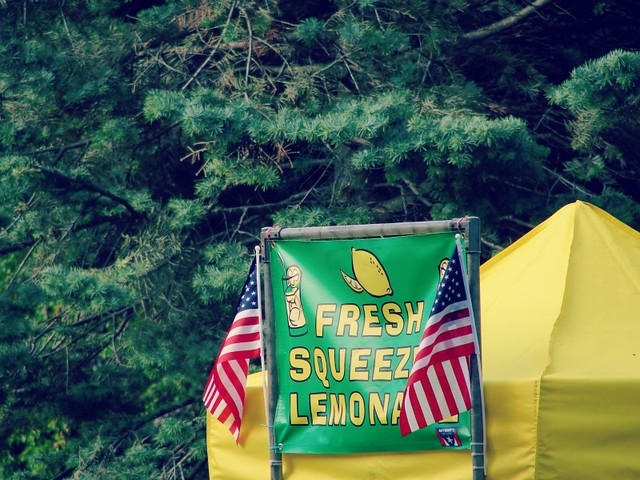Martin Creed is, to put it plainly, a Scottish contemporary art rockstar. It's true; he has a new album out now. He won the Turner Prize in 2001 for his work entitled Work No. 227: the lights going on and off, which has been acquired recently by Tate Britain. I saw it last December. And with that, it is what it sounds like: the lights going on and off. The gallery room is empty and the lights flick on and off at five second intervals. Sounds like art, right? And like the best art, it's controversial, as it has been since it won the prize in 2001. It can be written off as a joke, a jab at the art establishment by making a commentary about the gallery itself. There is nothing on the walls, just blank white. Instead of paying attention to something in the room, the visitor has to pay attention to the room and what we normally expect to find there. Actually, I find this brilliant, so I think the Turner Prize was rightly won, and with that... moving on.
Martin Creed, who moved to Glasgow when he was a child, was born in England, and studied art in London. But to hear him, you identify his Scottish accent right away. Edinburgh is home to one of his permanent public art installations, The Scotsman Steps. (ie. Work No. 1059) It's a marble staircase in the corner of what is now the Scotsman Hotel (previously home to The Scotsman newspaper) that connects the upper level of North Bridge to the lower Market Street. It's also just kiddy-corner to the Fruitmarket Gallery which commissioned the piece.
// via //
shiny and new // via //
It consists of 104 marble steps from all different locations and of all different hues and patterns. They appear to be arranged randomly with no discernible pattern. The stone is really gorgeous, even littered with cigarette butts from hundreds daily passers-by and dead leaves blown in from who-knows-where. If you didn't know that an internationally-renowned contemporary artist had been commissioned to revive the steps, which had fallen into neglect and become somewhat unsafe, you might not even view the steps as art. To the casual pedestrian, they just look like nice slabs of marble to make a colorful stairway. In fact, I'm pretty sure that's part of the idea.
It also smells like pee.
If you stop long enough to appreciate the stairwell, you'll also appreciate other aspects of it as a stairwell that are much more related to it being a civic space than a piece of artwork. Other than smelling like pee, and the cigarette butts and crisp packets (let's be Scottish for the sake of this post), it gets rained on and is subjected to the dirt and grime of the bottoms of pedestrians' shoes. How many people who piss in that stairwell know they're doing so on a piece of fine art?
I think this is why Martin Creed isn't necessarily a jokester. It's hard to imagine he didn't take these things into consideration when he was commissioned to do the piece. Just like he didn't just flippantly turn the light off in a gallery space and call it art. There was a reason for it and some sort of more refined comment he was trying to make. His tendency to come off as flippant or jokey is, I believe, a product of much careful consideration and planning, knowing just where and how much to jab at the 'art world' to get the desired effect without cheapening the work or the process.
Hayward Gallery's Martin Creed: What's the Point of It? is on through 27 April at Southbank Centre, London.
Cheers!
Kate xx









